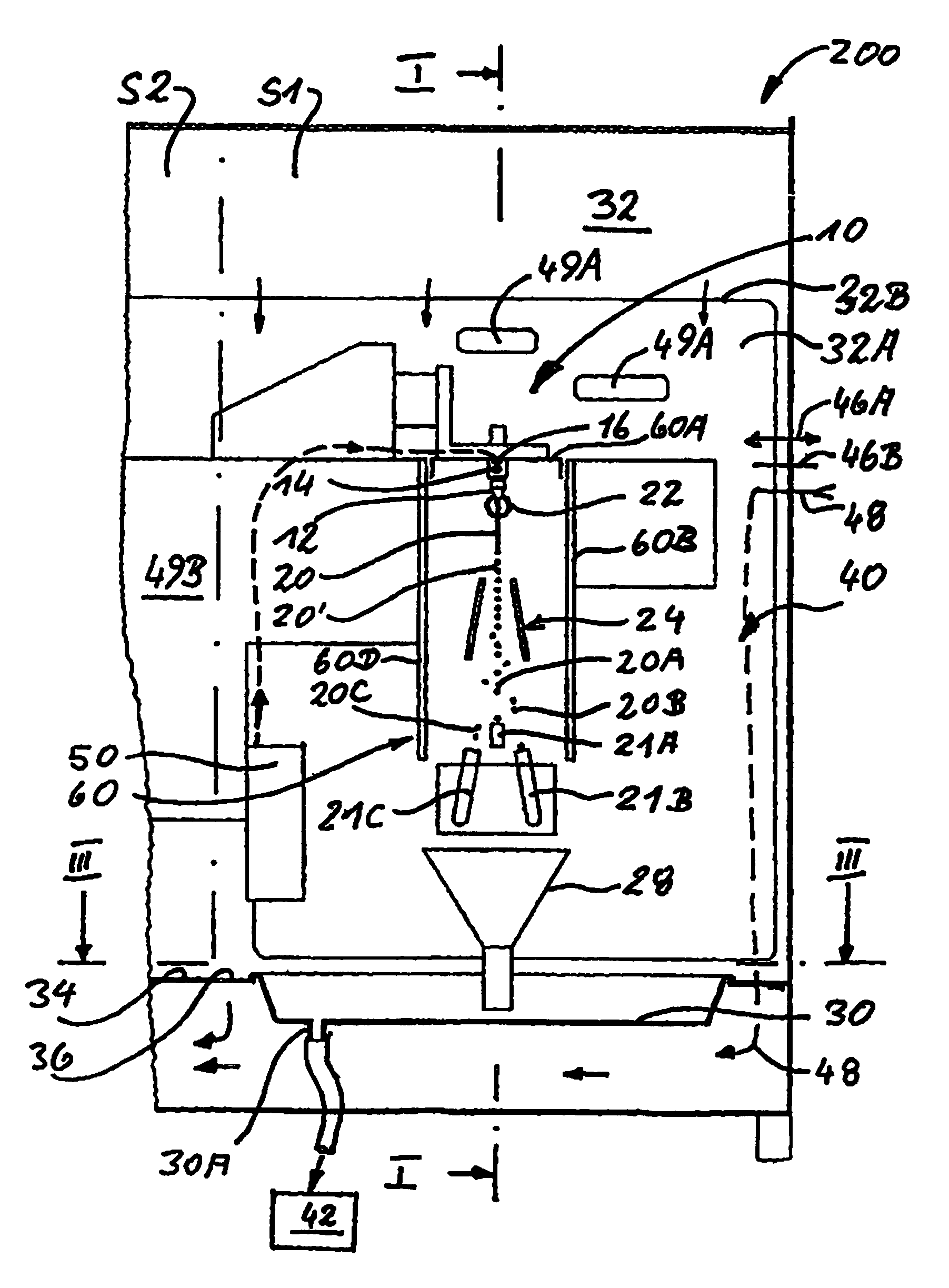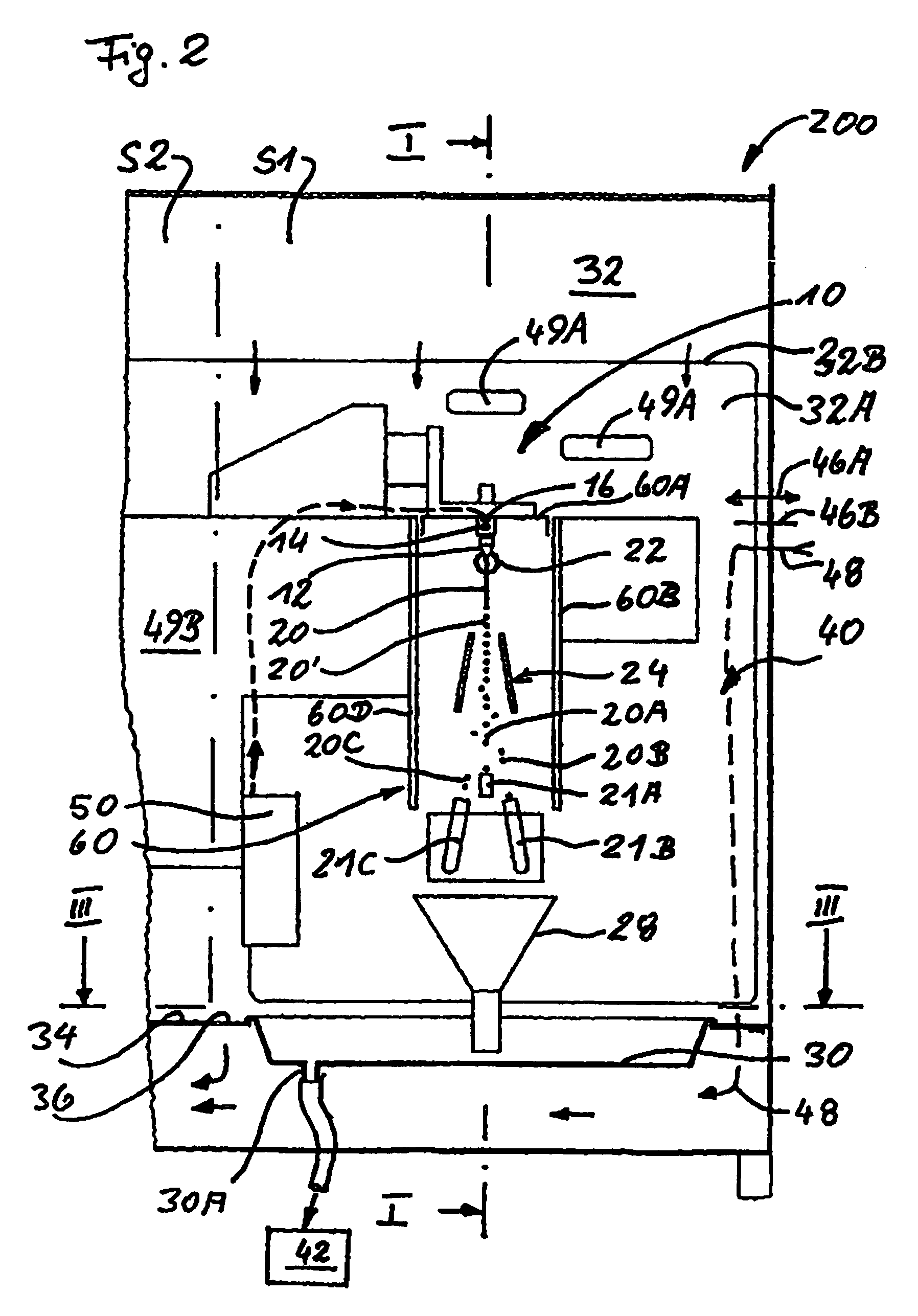Device and method for separation of microparticles in particular biohazardous and hazardous materials
a technology of microparticles and hazardous materials, applied in the direction of sorting, chemical methods analysis, material testing goods, etc., can solve the problems of potentially hazardous particles, insufficient safety measures, and not suitable or safe enough for the protection of practical laboratory activities or economic recovery of particles,
- Summary
- Abstract
- Description
- Claims
- Application Information
AI Technical Summary
Benefits of technology
Problems solved by technology
Method used
Image
Examples
Embodiment Construction
[0005]It is an object of the invention to improve the safety of persons and products during the sorting of microparticles, especially when sorting biohazardous or other potentially hazardous materials.
[0006]In order to attain this object is proposed a device with the features of claim 1 and a method with the features of claim 19. The invention is based on the basic idea of docking and functionally dividing a sorting system on a microbiological safety cabinet (msc) in such a way that the laminar HEPA-filtered supply air flow guided through the clean room is disturbed as little as possible and the required strict safety conditions for microbiological safety cabinets are followed. Safety cabinets are technical work appliances destined for activities with biological work materials and especially comply with the management criteria of national and international standards (BS 5726, DIN EN 12469, and NSF standard 49). According to the invention, the functional division of the sorting devic...
PUM
 Login to View More
Login to View More Abstract
Description
Claims
Application Information
 Login to View More
Login to View More - R&D
- Intellectual Property
- Life Sciences
- Materials
- Tech Scout
- Unparalleled Data Quality
- Higher Quality Content
- 60% Fewer Hallucinations
Browse by: Latest US Patents, China's latest patents, Technical Efficacy Thesaurus, Application Domain, Technology Topic, Popular Technical Reports.
© 2025 PatSnap. All rights reserved.Legal|Privacy policy|Modern Slavery Act Transparency Statement|Sitemap|About US| Contact US: help@patsnap.com



